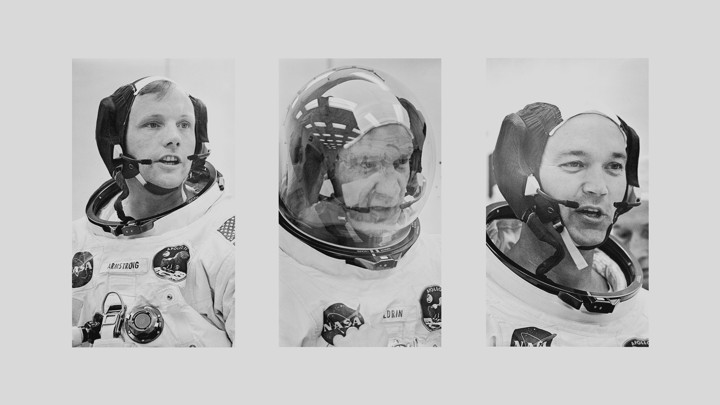I’ve been travelling in Sydney trains for a few months now. I spend about 40 mins travelling one way, so its more than an hour of commute each day. Though the distances covered is larger than those I covered in Bangalore in the same time, or any Indian city, I would venture. And good thing about my commute, there are always seats ! Even during the rush hour, you could find seats to slid into. So I figured the best way to spend time on these commutes would be to listen to podcasts, or just read a plain old book when the batteries die down.
I’ve been also running a crazy experiment of sorts. After I finish reading a book, I leave it on the seat. There. Abandoned. For the next commuter on that seat. You see, the building I live in has a library of abandoned books. Books which their owners throw out when its too much cargo when they move out. So its a free library ! I’ve read and left about four books on the trains so far. Just finished reading Andy Weir’s The Martian. This novel was turned into the hit 2015 movie by Ridley Scott. The movie was Ridley’s best work in this decade, in between all those Alien duds.
I could see why the book was a hit, its a story of survival in the harshest conditions. Its a fight against nature, and the cosmos itself. Its a story of the whole earth uniting to save one man stranded on a distant planet. But I also could not see why the book was such a hit. Its nerdy. Its full of long jargon, longer, meticulus calculations, and technological exposition. Engineers and scientists would love this kind of thing, but anybody else would find it..hmm…boring. Repititive.
I didn’t !
I loved it. Most of it. But then even I got bored of all those calculations, error variance, and best estimates. There is a lot more of the story happening in the book, which got cut out of the movie. And that was good, because there is no way a 2 hour movie could capture this much techno-babble.
We all know what happened to the stranded fictional astronaut Mark Watney. He is eventually rescured after 500 days alone on planet Mars. But the book goes into great detail to explain all the problems he and the NASA team faced along the way. There is a journal entry for most of the 561 sols he spend on the planet. There are other subplots not discussed in the movie.
Like the incident during the drilling of the second rover’s rood. Mark accidently shorts out the electronics on the pathfinder, and loses his ability to communicate with earth. This is not shown in the movie. But in the book, Mark has no choice but communicate one way using stones arranged in morse code on the route he follows across Mars.
Or when the rover tumbles into the crater.
But I still had questions, which I hoped would be answere in the books, but was left disspointed.
For starters, Mark is extermely optimistic. Like, he is the most optimistic literary character I have read till date. He beats Robinson Crusoe hands down. Its unnatural , the guy simply does not give up. He does talk to himself a lot, but he voices his optimism clearly. I wanted to know the why he was so. Wanted to know about his childhood, his college days. Was he in the forces ? Does he belive in a god ? What pulls him to earth ? Was it his family ? Speaking of family, neither the book nor the movie tries to shed light, what kind of family did he grow up in ? Does he have siblings ? A girlfriend ? His best friend ?
Another question, this is more of a tease. The story mentions that Mark travels more than 3oo days travelling across Mars in rovers. He was carrying all the equipment to keep him alive, but he was not carryin a porta-toilet or something. So, where did he poop ? How ? And how did he cook the food he brought along ?
But what I find most astonishing is the passage of time. 500 days is almost 2 years. He spends a lof of that time travelling, and completing all sorts of tasks. Its easy to say 100 days of travel. But Mars has a barren crust, its the same shade of red everywhere. 100 days of travelling through it is not at all easy, with no one to talk to, and having to be alert all the time. At some point, one will at least think of giving it all up. But not Mark.
Anyway, despite all of this, the book is still a good read. The epilogue in the movie is missing in the book. It ends with Mark’s rescue from the planet. Science, technology, humany ingenuity and persistence, this is what the story is about.
Now that I finished reading it, I am going to leave it on the train tomorrow. For someone else to enjoy.






